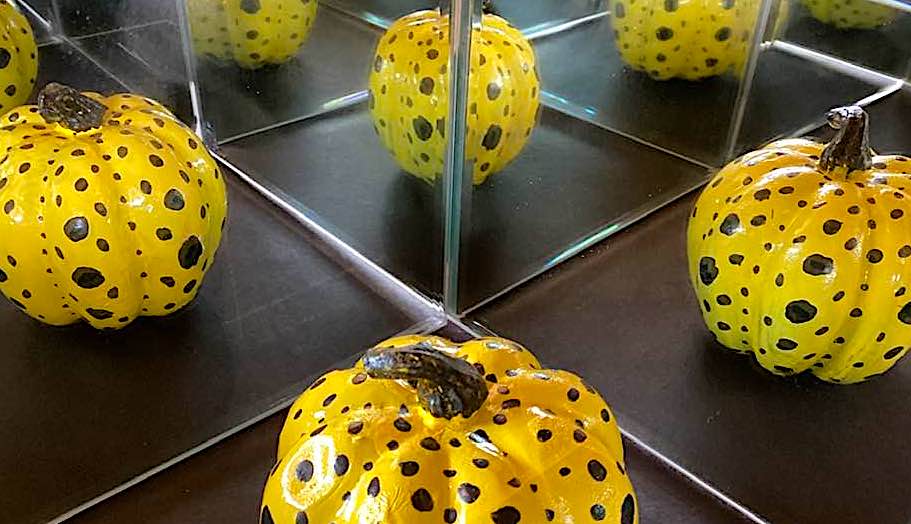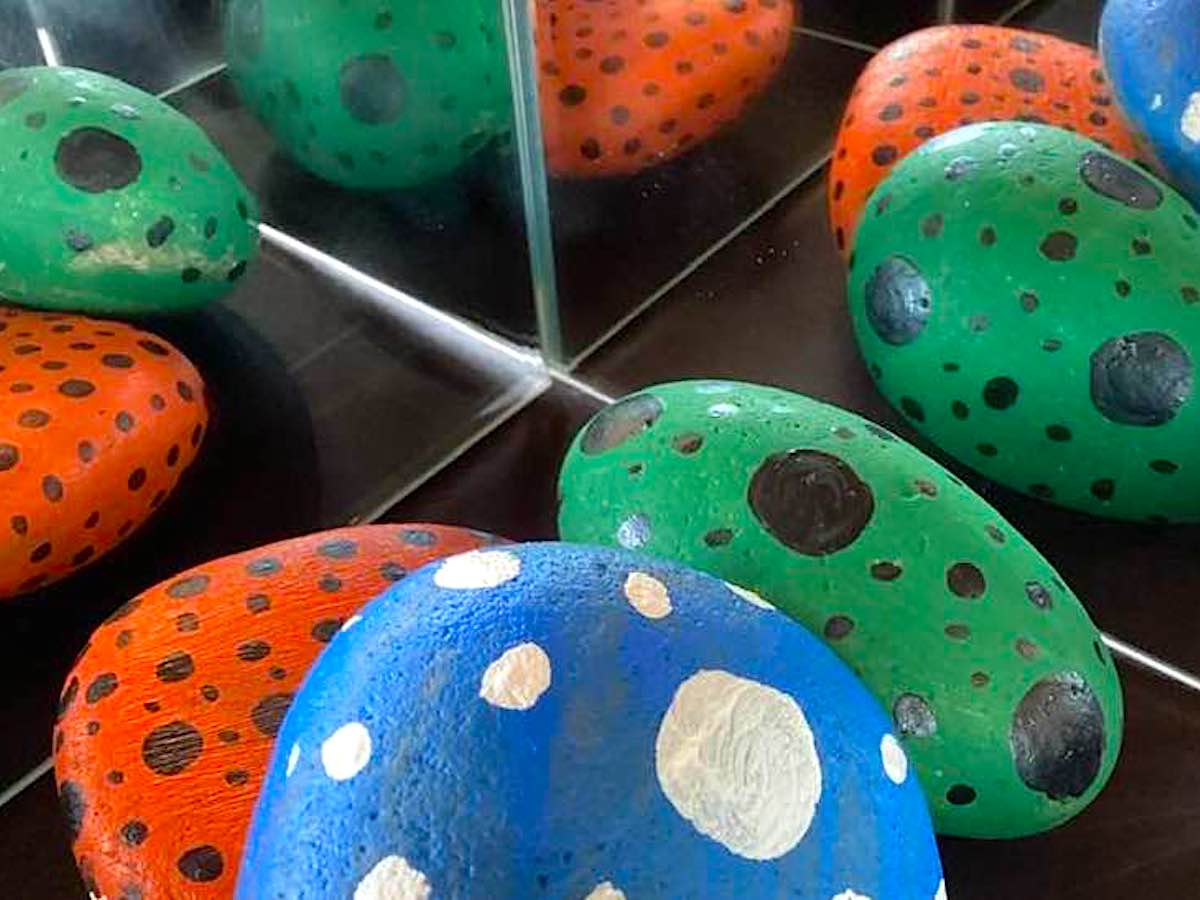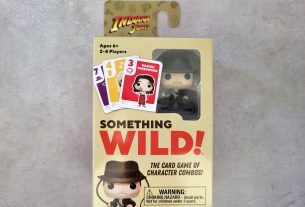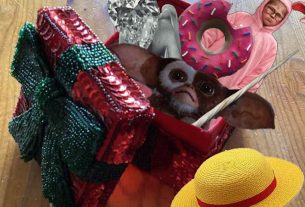The 2022 Be the Artist series celebrates the art of “toons” and similar fun pop art styles.
The Artist: Yayoi Kusama
Yayoi Kusama is one of those artists who can do anything in her style. She works with sculpture, painting, performance art, video, fashion, and more, but there is one thing most of her work has in common: POLKA DOTS!
Kusama, born in 1929 in Matsumoto, Japan, has been called the “Princess of Polka Dots” for her bright, dizzying, almost animated style of pop art.
She has created larger-than-life pumpkins, covered walls, and filled empty spaces with dots of all colors and sizes. She has brought furniture and landscapes to life with her polka dot-centric work, covered humans in dots during the counter-culture art movement, and has been commissioned to do special projects all over the world from Beverly Hills to Brisbane.
Why dots? Well, Kusama did not always have a happy childhood. Her mother was abusive, her father was unfaithful, and she experienced mental health challenges for much of her life. She loved art and drawing, including natural items like pumpkins and flowers. However, her parents did not want her to become an artist, and her mom even tore up her drawings. That didn’t stop her, and she continued to draw on what she could find. According to her biography on the Tate Modern site, she had a hallucination as a child that “freaked her out.” It involved her standing in a field of flowers with heads like dots that went as far as she could see. She said it was like disappearing and called it “self-obliterating.”
Despite everything, she was able to convince her parents to go to art school and was trained in a traditional Japanese style called nihonga. In 1950, she moved to New York to be influenced by pop art, abstracts, minimalism, and the counter-culture movement. Her dotted inspirations would become part of her signature look for most of her work.
Her work goes beyond painting. She has created dots with various materials including mirrors and LED lights, as she does in her “Infinity Rooms.” In these mirror-sided immersive spaces, hundreds of lights are hung or set to make you feel like you are hovering in an endless space. This is Kusama’s way of letting others experience self-obliteration.
Here’s a look at the trailer for a documentary about how she went from a traumatic childhood to being the top-selling female artist in the world:
Today, Kusama is in her 90s and still respected and loved by artists and art lovers of different generations. She has taken the simple idea of a polka dot and turned it into something bigger, greater, and more universal.
One quote in her biography in Tate Modern sums says it well:
“Our earth is only one polka dot among a million stars in the cosmos,” she said. “Polka dots are a way to infinity. When we obliterate nature and our bodies with polka dots, we become part of the unity of our environment.”
The Project: Mini Infinity Cubicles

Kusama’s work has ranged from simple one-piece sculptures to site-specific performance art, but one of the most immersive experiences in the world is her Infinity Rooms.
There is likely nothing like going into one of her exhibits, but we can always pay tribute to it with a simple and very, very, very fun all-ages project.
Kusama’s Infinity Rooms are made with light, but that would be a bit complicated for younger crafters. For this project, you’ll need some bright acrylic or craft paint, four plain mirrors, and one or more items to give the Yayoi Kusama dot treatment.
These could be items as simple as little river rocks or rubber balls or something more detailed like an old toy or figurine.

Use acrylic or spray paint to paint it one color. Kusama often uses bright warm colors like yellow, red, or orange, but you can use any color you like. Once the surface is dry, dot it! You can use simple dips from paint brushes or paint pens depending on how big or tiny you want the dots.
Kusama didn’t just randomly toss dots on items. Sometimes they were a little more haphazard with different sizes, and sometimes they were gathered in one area. They could be in distinct patterns to coincide with the shape of the item or placed a little looser throughout. You can use one or more colors or dots, depending on your own inspiration here. This dotting is the fun part because it is interesting to see the entire look of something change just by making the color scheme and pattern different. Place these finished painted items aside to dry completely.
Next, create a “room” corner with four mirrors. Locker mirrors can be found with school supplies, but you don’t have to get the more expensive ones. Dollar and discount stores sometimes have them much cheaper. These can be “hinged together” using a strip of folded cardboard glued to the back of each side. This will make a little mirrored display corner for your item. Place this room on a plain black surface—a piece of cloth or paper works fine.
Finally, place your painted item or items directly in the center of the room and look inside. You can see how the reflections bounce off each other to create a little endless array of images.

This won’t give you the full immersive feel of actually being inside a space, but you can look in and see how the simple reflections and dots seem to expand in all directions. If you want to make it surreal, go into a dark space like a closet and shine a simple flashlight into the cubicle.
The best part is you don’t just have to display one item. It can be an evolving process with items added or changed out, and there will always be a completely different look.
It is amazing how something like a dot can transform everything into a dynamic, sometimes cartoonish, sometimes cosmic experience, and Kusama’s dots were certainly an extension of her determined attitude to succeed, as she once said about her taking on the art scene in competitive New York.
“I would stand up to them all with a single polka dot.”





